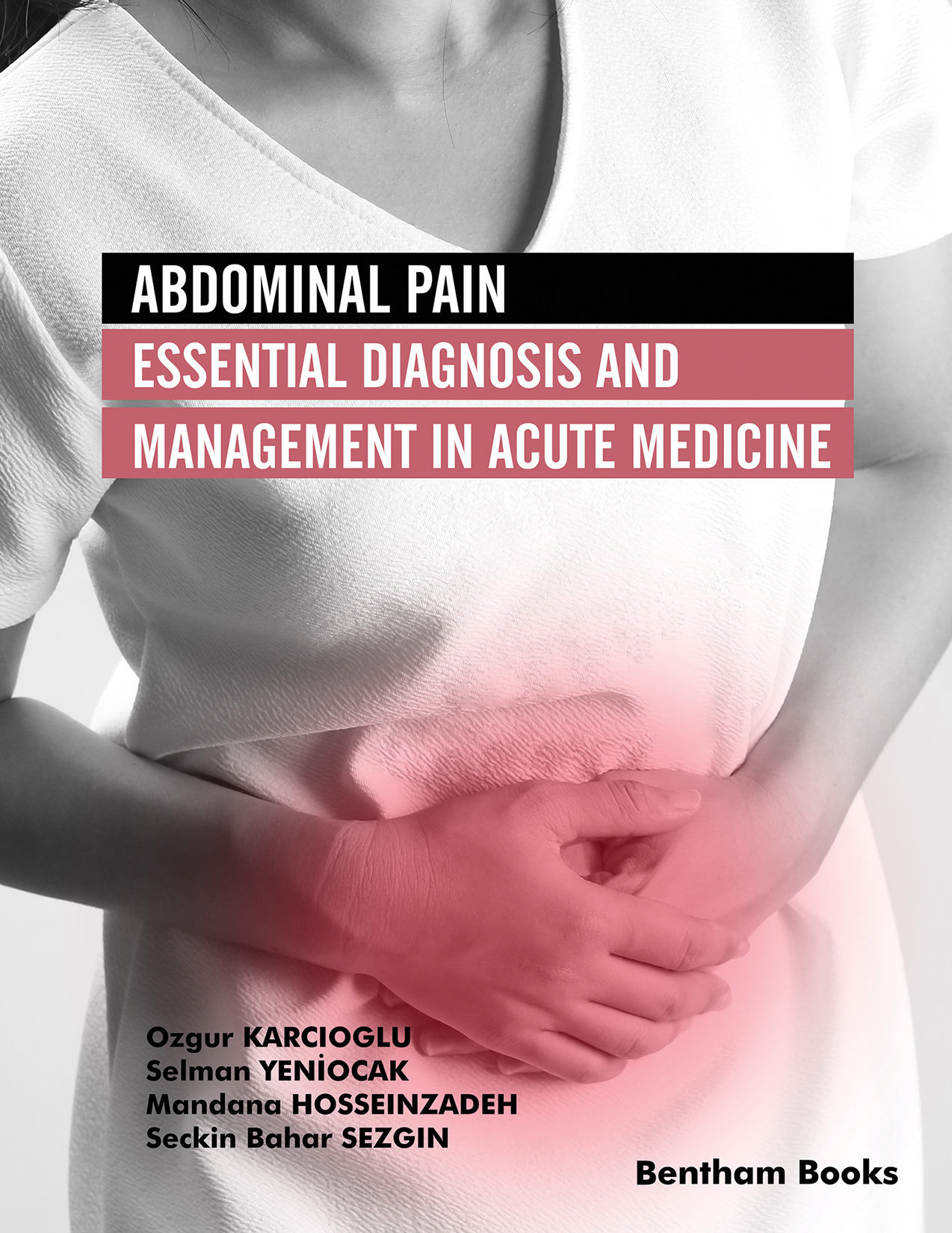Preface
Almost all aspects of medicine are challenging for both healthcare providers and sufferers. Although subthemes covered by medicine can be classified as discrete systems or organs of the body, caregivers in primary and acute care prefer to conceive these with complaints, symptoms and semiological approaches. Therefore, no patient presents to the acute care area with an ‘acute appendicitis’ or ‘acute cholangitis’, instead, there comes ‘a girl in her 18 with vomiting and abdominal pain for a couple of days’, or, ‘an elderly gentleman who is not looking very good recently’ in the boxes. The patient’s diagnosis seems very elusive, for it can turn out to be pelvic inflammatory disease, urinary tract infection, ruptured ovarian cyst or abscess, intestinal obstruction, diverticulitis, mesenteric ischemia, etc, while the patient is screaming for emergency relief for both pain and vomiting in the acute care area.
Abdominal pain is one of the most common chief complaints in both emergency settings and primary care, which constitutes around 10% in most large studies in the world. Unlike many entities presenting to outpatient clinics and those admitted to the wards, the origin of abdominal pain is harder to diagnose provided with the complexity and closeness of the structures in the abdomen and also extra abdominal causes that can trigger the symptomatology. Nonetheless, recent decades witnessed giant leaps and advances in the recognition and treatment of patients with acute abdominal pain. Apart from advanced studies such as computed tomography, and magnetic resonance imaging, bedside point-of-care procedures like ultrasonography have eased diagnosis and facilitated the management of patients with abdominal pain. We should note that regardless of technological advances, the most important contributor to the diagnosis and management process consists of the evaluation of the patient with an elaborate history and physical examination. Using a tailored approach for evaluation, an experienced physician can not only narrow the list of differential diagnosis, but also expedite the complex pathway to definitive treatment, preventing unnecessary delays with cumbersome investigations.
The optimal management of the patients with abdominal pain warrants a multifaceted approach undertaken in harmony. COVID-19 pandemic era has brought de novo challenges for the delivery of ‘usual’ medical care into the scene for most patients. This book titled “Abdominal Pain: Essential Diagnosis and Management in Acute Medicine”, therefore, is intended to highlight the contemporary approaches with respect to diagnostic and therapeutic modalities for diseases of digestive tract and other entities precipitating abdominal pain. Abundant figures, tables, and radiological images have been used to render understanding easier and to illustrate key findings. We hope this project can be used as a reference and an everlasting source for caregivers facing sufferers of abdominal pain, albeit a small step in the history of medical progress lasting for thousands of years.
CONSENT FOR PUBLICATION
Not applicable.
CONFLICT OF INTEREST
The authors declare no conflict of interest, financial or otherwise.
ACKNOWLEDGEMENT
Declared none.
Ozgur KARCIOGLU
Department of Emergency Medicine
University of Health Sciences
Istanbul Education and Research Hospital
Fatih, Istanbul
Turkey
Selman YENİOCAK
University of Health Sciences
Department of Emergency Medicine
Haseki Education and Research Hospital
Fatih, Istanbul
Turkey
Mandana HOSSEINZADEH
Corlu Community Hospital
Department of Emergency Medicine
Tekirdag
Turkey
&
Seckin Bahar SEZGIN
Department of Emergency Medicine
University of Health Sciences Adana City Hospital
Adana
Turkey

